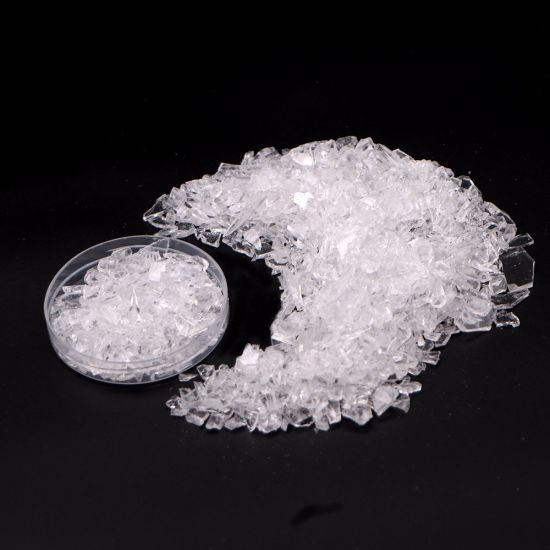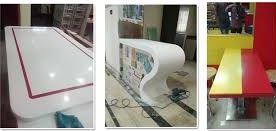The unsaturated polyester resin is mainly made up of an artificial material which is manufactured by the reaction between alcohol and organic acids. The polyester resin has various properties which help make it a useful material which can be utilized in countless industries. The polyester resin can take various forms such as liquid, gel and film. These resins provide various positive physical traits. The cost-effective rates and the convenience to use make the polyester resin popular in the market. As per its applications, the strength of this polyester resin product varies accordingly. The polyester resin is resistant to light in weight and nature in weight. Hence, it can be used by designers, architects, engineers and builders for various uses.
The unsaturated polyester resins can be defined as the polymer that is procured by the reaction of the polycondensation which takes place between polyalcohols and polyacids. The water development is mainly a by-product of the process of polycondensation. In a specific way, the unsaturated polyester resins are basically a printable liquid polymer which helps maintain the solid shape that is taken inside the mold. The items can last for a longer period of time and have exceptional strength. The polyester resins are mostly utilized in combining with the reinforcing material such as fiberglass.
Brief About Polyester Resins
Polyester resin offers an array of functions which channel the forces that are used in various materials of the fibers that are designed to withstand the forces which later enhance the strength and prevent breakages of the product. The liquid unsaturated polyester resin may be further loaded with granules or powders of various sizes which provide the details of the characteristics, resistance, rigidity, or aesthetic quality to the artificial stones and marbles to get better results. In many industrial sectors, polyester resins are highly used. In the watersport activities for the creation of pleasure boat rides and windsurfing, polyester resins are used. In the boat industry, polymer has been the main attraction. With the high flexibility of use and greater performance, the polyester resins are also used in the automotive industry. Owing to light weight, versatile design, mechanical strength and lower system costs, the polyester resins are extremely popular in the automotive industry. This material can also be used in the pipes, tiles of the roofs, tanks, ducts and bathroom accessories.
Applications Of Unsaturated Polyester Resins
The unsaturated polyester resins are used for various purposes. The polyester resins are a vital compound that is used in a wide range of industries. For wood paints, composite materials, composite materials, ribbed panels, flat laminated panels, corrugated panels, automotive and bathroom fixtures, fillers, coloring pastes, chemical anchoring, marble and artificial cements and many more.
Traits Of Unsaturated Polyester Resins
The prime features of unsaturated polyester resins are as follows.
In the liquid, the features are poor linear shrinkage, cold cross links by adding hardener, excellent wettability of fibers, and minimisation of the effect of sagging. In solid use, the features are rigidity, exceptional light in weight, dimensional stability, and good electrical insulation, resistance to chemicals, a higher weight and strength ratio as compared to steel, water repellency, superior surface finish, good mechanical resistance and resistance to high temperatures.
Various Uses Of Unsaturated Polyester Resins
- The adhesive component of the material helps stick different layers of fiberglass which helps build body panels, automobiles and aeroplanes. As it is light in weight, it is mainly used in constructing lightweight racing cars and planes. The material is also used in the marine stream for constructing yachts and boats. The internal structures of the boats are made with the use of the polyester resins.
- Polyester resins are used to coat the interior zones of various electrical devices such as washing machines and wet grinders. The best thing about using the resin coated material is that it will seldom rust. For making patio furniture, polyester resins are used which are weather resistant, easy to replace and they are waterproof.
- Unsaturated polyester resins are used in several construction materials because of its lightweight quality. Polyester resins are blended with acrylic which help make cabinet fixtures. It is also used in decorative materials to coat metals. In the present days, it is widely used in the fiberglass, to coat buildings which act as weather resistant and provide additional strength.










